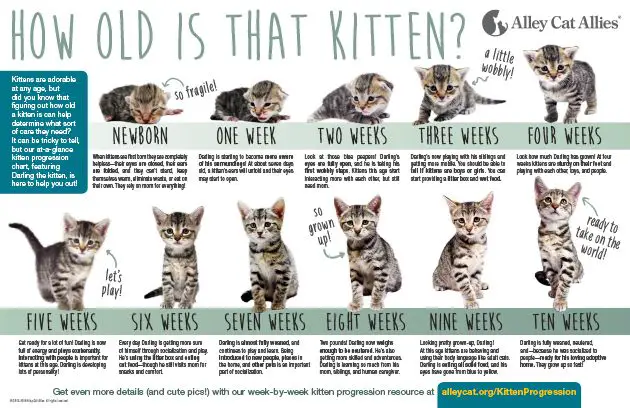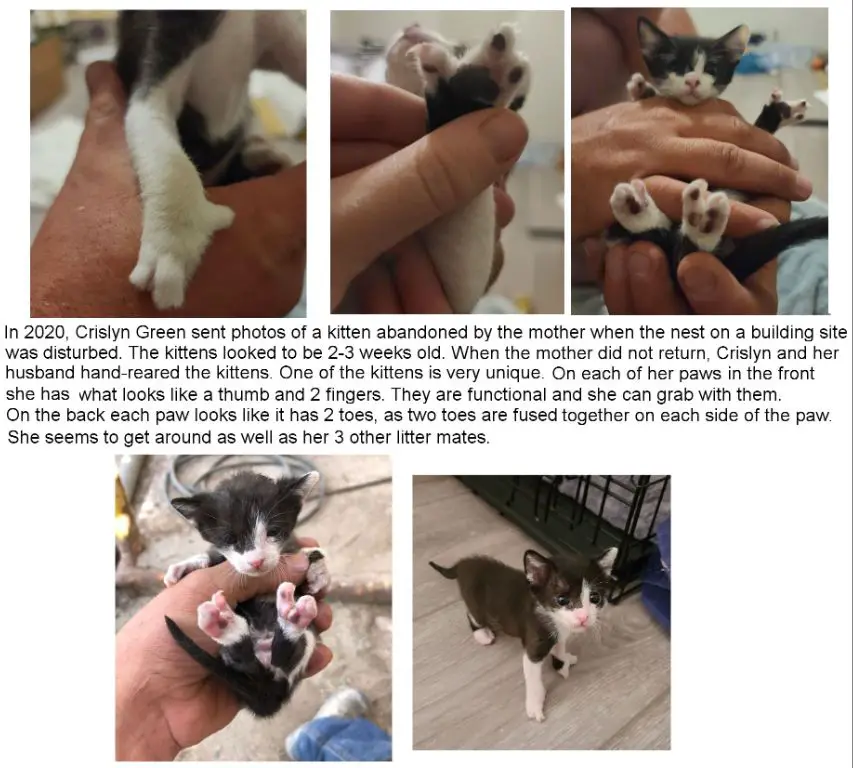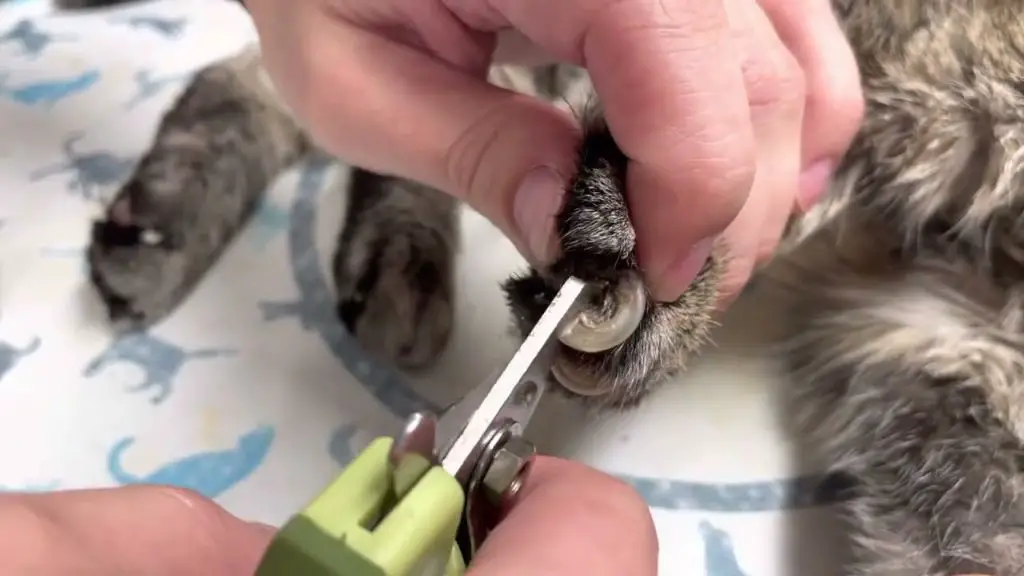Cats have claws on their paws that they use for hunting, climbing, scratching, grooming, and defense. Cat claws are made up of a protein called keratin and grow from the bone in the last toe joint. The growth cycle of cat claws consists of three phases:
1. Growth Phase – The new claw emerges and grows outward (The structure of the cornified claw sheath in the domestic cat (Felis catus)). This phase lasts around 4-6 weeks.

2. Resting Phase – Growth slows down and the claw hardens. This phase lasts around 2-3 weeks.
3. Shedding Phase – The old claw detaches and a new claw grows in its place. This is a normal process that cats go through to replace old worn claws.
Cat owners will notice their cat’s claws shedding and being replaced regularly. This shedding is normal, but sometimes shedding problems can occur. This article will discuss the signs of normal and abnormal shedding, reasons for shedding issues, and how to care for cat claws during the shedding process.
Normal Shedding
Cat nails regularly shed their outer layers as part of the normal growth process (Source). A cat’s nails go through three distinct phases as they grow – the growth phase, transition phase, and resting phase. During the growth phase, new cells are produced at the base of the nail, pushing the nail outward. This is when the nail lengthens. In the transition phase, the activity of the cells at the base of the nail starts to slow down as the cells harden and mature. Finally, in the resting phase, the nail stops growing and the cells fully mature and harden to form the nail tip.
As the nail moves through these three phases, the outermost layers of the nail are gradually shed. Most cats will shed their nail sheaths every 4-6 weeks. However, kittens may shed more frequently as they grow, while older cats may take longer between shedding cycles (Source). This regular shedding allows new, healthy nail layers to continuously replace old nail layers. It helps keep the nails in good condition.
Signs of Shedding

As cat nails prepare to shed layers, their claws may start to appear flaky or ragged as the outer keratin layer detaches from the newer layer underneath. Some cats actively work to remove the shedding nail layers by scratching them off on suitable surfaces like scratching posts or household furniture. You may find small nail sheaths around if your cat is shedding and scratching frequently.
According to the experts at Feline Medical Clinic in Canada, “Cat claws are made out of keratin, and as they grow, the material starts to die off. Eventually, they’ll shed their claw sheaths entirely, leaving behind a smooth claw underneath.” This shedding allows for new sharp and healthy nails to keep growing in.
Shedding Problems
Sometimes a cat’s nails can have issues properly shedding the outer keratin layers. This is often caused by the nails getting caught on carpets, furniture, or fabrics, which can partially rip off the sheath before it’s ready.1 Nails that get snagged while shedding can become painful and even bleed. It may also leave behind remnants of the sheath still attached to the nail.

To help cats shed their nails properly, make sure to keep their claws trimmed. Long claws are more likely to snag on fabrics. You can also use nail caps or soft paw covers to smooth down sharp edges. Provide scratching posts, boards, and other surfaces around the house so your cat has appropriate places to scratch and remove sheaths. Cats that go outside may naturally shed better by climbing and scratching on trees.
If your cat’s nails are getting caught often, speak to your veterinarian. They can check for potential nail or skin infections that may be causing shedding issues. In some cases, a vet may need to fully remove the retained sheath that’s still attached.
Temporary Nail Loss
A cat’s nails can sometimes catch on fabric like carpet, blankets, or sweaters and get pulled off or torn. This can be painful and cause bleeding. However, this type of nail loss is temporary and the nail will regrow over the next several months as long as the nail bed where the nail emerges from the paw is not severely damaged.
According to veterinarian experts, a torn or pulled off nail will grow back within a few months as long as the nail bed is intact. It’s important to keep an eye on the regrowth to ensure the new claw does not become ingrown or grow in sideways, which could lead to potential problems. Proper nail care during regrowth is essential.
So while a caught and torn nail can be alarming for cat owners, it is usually only a temporary setback. With time and care, the nail will regrow and return to normal.
Sources:
https://wagwalking.com/cat/condition/torn-toenail
Permanent Nail Loss
Sometimes a cat can lose a nail permanently due to trauma, infection, or medical conditions. Trauma that tears the nail bed or claw matrix at the base can prevent the nail from regrowing properly. Severe infections like paronychia, an inflammatory disease of the nail bed, can permanently damage the nail matrix and disrupt nail regrowth if left untreated. Underlying diseases like squamous cell carcinoma and other cancers in the nail bed area may also necessitate permanent nail removal.

If a cat loses a nail permanently, the vet may recommend capping the nailless toe with a vinyl nail cap to protect the sensitive nail bed. This prevents pain and discomfort when walking. The cat will usually adjust quickly to having a nail cap. However, nail caps need to be replaced every 4-6 weeks as the nail grows out. For cats with chronic nail problems, lifelong nail capping may be necessary for their comfort and wellbeing.
When to See the Vet
A small amount of nail shedding is normal, but excessive or persistent nail loss warrants a trip to the vet. According to cats.com, abnormal shedding may be a sign of an underlying medical issue.
Contact your vet promptly if your cat is losing multiple claws over a short timeframe. Other concerning signs include swelling, redness, bleeding, or discharge around the nail beds. These may indicate an infection that requires medication.
According to Vetstreet, nail loss accompanied by limping or licking of the paws also necessitates a veterinary visit.
Some signs that point to a nail infection or other issue requiring medical intervention include:
- Excessive licking, biting, or chewing at nails or paws
- Discharge or foul odor around nails
- Nail bleeding that doesn’t stop
- Swollen, inflamed, or red nail beds
- Loss of multiple nails in a short period
- Nail discoloration or deformity
- Lameness or limping
With prompt treatment from a vet, most nail infections or abnormalities can be resolved. Left untreated, they may lead to pain, permanent nail damage or loss, or spreading infection.
Caring for Shedding Nails
It’s important to care for your cat’s shedding nails to keep them healthy. Here are some tips:

Groom your cat regularly using a soft brush to help loosen flaky sheaths so they can shed more easily. Pay extra attention to paws. You can try gently massaging between toes and around nail beds to help stimulate shedding.
Bathe your cat to soften nails and make shed easier. Use a moisturizing shampoo and gently scrub nails and paw pads.
Trim nails regularly, especially older cats who don’t scratch as much. Use cat-safe nail trimmers and clip off any loose pieces of sheath. This helps speed up the shedding process. Be careful not to cut the quick.
Provide scratching posts and pads around the house so your cat can naturally shed its nails. Look for posts made of sisal, cardboard, or wood that are sturdy. Vertical and horizontal scratchers work. Replace pads once worn.
Consider nail caps or covers that go over nails if your cat is having trouble shedding or to protect furniture. Only use cat-safe products recommended by your vet.
Contact your vet if you notice signs of infection like swelling, redness, bleeding, or discharge around nails. They can determine if medication is needed.
Promoting Nail Health
There are several things cat owners can do to promote healthy nail growth in their cats:
Feeding your cat a nutritious diet with amino acids like methionine and taurine is important for overall health and can contribute to strong nail growth. Cat foods that contain fish, poultry, eggs, and organ meats provide these amino acids. Supplements like fish oil and biotin may also support healthy nails. Always consult your vet before making major diet changes or adding supplements.
Preventing injuries is also key for nail health. Declawing cats removes an important defense mechanism and leaves them prone to bite injuries, so this should always be avoided. Keeping nails trimmed reduces snagging and tearing. Using scratching posts redirects scratching away from furniture. Avoid rough play that could damage nails. Check for hazards like loose carpeting. Place cushions on sharp furniture edges. Monitoring nails regularly helps catch problems early.
With proper nutrition, avoiding injury risks, regular nail care, and veterinary checkups, most cats can maintain strong, healthy nails throughout life.
Summary
Nail shedding is a normal part of a cat’s grooming routine. As old nails become overgrown or damaged, new nail growth pushes out the old nail, causing it to fall off. This is a gradual process that happens over time. While periodic nail shedding is no cause for concern, cat owners should monitor their cat’s nails and paw pads for signs of abnormal shedding or skin irritation. If nails seem to be shedding excessively or the cat is showing signs of discomfort, it’s a good idea to have your vet examine them. With proper care and nutrition, most cats maintain healthy nail growth and shedding throughout their lives. Just be attentive to any changes and seek veterinary advice if you have concerns about your cat’s nail condition.

